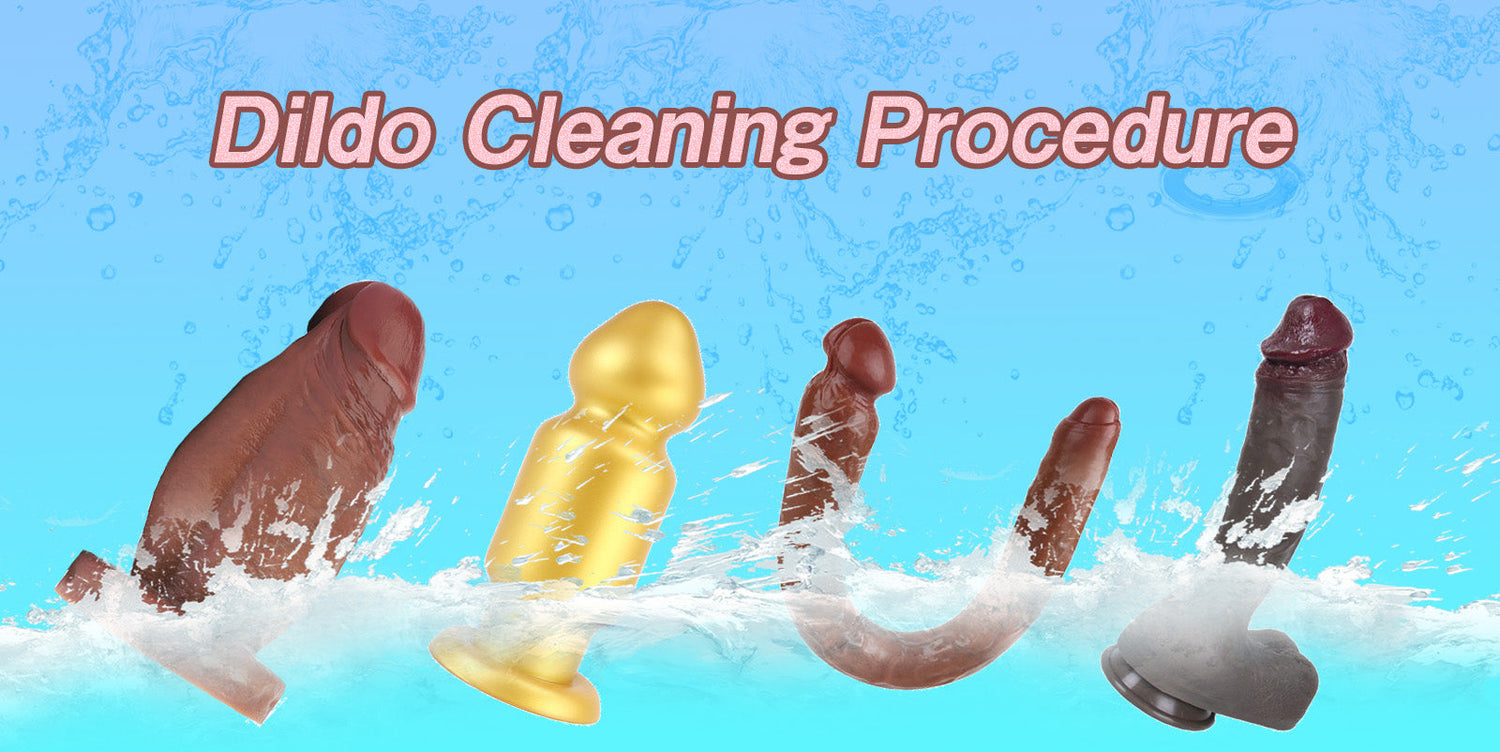
How to Clean Dildo
As a common sex toy, the cleaning and maintenance of dildos are directly related to the health and safety of users. Improper cleaning methods may lead to bacterial growth, material damage, and even infection. Therefore, it is crucial to master scientific cleaning steps and precautions. This article will introduce in detail how to properly clean dildos to ensure their long-term safe use.

1. Preparation before cleaning
Before you start cleaning, you must first understand the material of the dildo. Common materials include silicone, glass, metal, TPE (thermoplastic elastomer), etc. Different materials have different tolerances to cleaning agents and methods. For example, medical-grade silicone is resistant to high temperatures, while TPE is more delicate and cannot be cleaned with alcohol. Therefore, checking the product manual or consulting the merchant at the time of purchase to confirm the material characteristics is the first step in cleaning.
It is also critical to prepare cleaning tools. The following items are usually required: warm water, neutral unscented soap (such as baby soap), special sex toy cleaner (optional), soft brush or cleaning cloth, clean towel, and sealed bag or box for storage. If the dildo has a battery or motor, make sure to remove the electronic components before cleaning to avoid water damage.
2. Basic cleaning steps
(1) Preliminary cleaning before use
Even if the dildo is brand new, it is recommended to clean it before use. This is because dust or bacteria may be contaminated during production, packaging and transportation. Gently wipe the surface with warm water and neutral soap, then wipe it dry with a clean towel to ensure that there is no residue.
(2) Immediate cleaning after use
After use, the dildo should be cleaned immediately to avoid bacterial growth caused by residual body fluids or lubricants. First rinse the surface with warm water to remove obvious stains. For silicone, glass or metal materials, apply neutral soap and gently scrub; if the material is soft (such as TPE), avoid excessive force to avoid damaging the surface structure.
(3) Deep cleaning
If the dildo has texture, ruffles or grooves, it is recommended to use a soft brush (such as a toothbrush) to carefully scrub these areas to ensure that no dirt is left. For models with motors, be careful to avoid the power interface and wipe with a damp cloth. The water temperature should not be too high during cleaning (recommended to be below 50 degrees Celsius) to avoid deformation of the material.
(4) Sterilization (optional)
For silicone, glass or metal dildos, you can sterilize them by boiling. Boil the toy in boiling water for 3-5 minutes, then take it out and dry it. But make sure the material is heat-resistant, otherwise this step may cause damage. Boiling is not recommended for TPE materials, but special cleaning spray can be used for sterilization.
(5) Thorough drying
After cleaning, wipe the surface with a clean towel and place it in a ventilated place to dry naturally. Avoid direct sunlight or use a hair dryer, as high temperatures may damage the material. Make sure it is completely dry before storing, as mold is more likely to grow in a humid environment.

3. Precautions during cleaning
(1) Choose the right cleaning agent
Avoid using cleaning agents containing alcohol, bleach or strong acid or alkaline, which may corrode the material or leave irritating chemicals. Neutral soap or special sex toy cleaning agents are safer choices. In addition, if you use lubricants, pay attention to the effect of its type (water-based, silicone-based or oil-based) on cleaning. For example, silicone-based lubricants may leave residues on the silicone surface and need to be cleaned more carefully.
(2) Avoid cross-contamination
If the dildo is shared by multiple people, it must be thoroughly cleaned and disinfected after each use. It is recommended to use it with condoms to reduce direct contact and reduce the risk of infection.
(3) Regular inspection
When cleaning, check the dildo for cracks, discoloration or odor. If the material is found to be aged or damaged, it should be replaced in time to avoid affecting health.
4. Storage and long-term maintenance
After cleaning and drying, the dildo should be properly stored to avoid dust and bacterial contamination. It is recommended to put it in a special storage bag or sealed box and store it in a cool and dry place. Avoid direct contact with other toys, especially items of different materials, which may cause chemical reactions (such as silicone and TPE may melt when in contact). Clean the dildo that is not used for a long time regularly (for example, every 3-6 months) to keep it in a hygienic state.
5. Why is cleaning so important?
The cleaning of sex toys is not only to extend the service life, but also to protect the health of the body. Studies have shown that uncleaned sex toys may carry pathogens such as Staphylococcus aureus, Escherichia coli and even HPV. In particular, if it is not cleaned in time after use, the residual moisture and organic matter will become a breeding ground for bacteria. Therefore, making cleaning a fixed habit when using dildos is a manifestation of being responsible for your own health.

